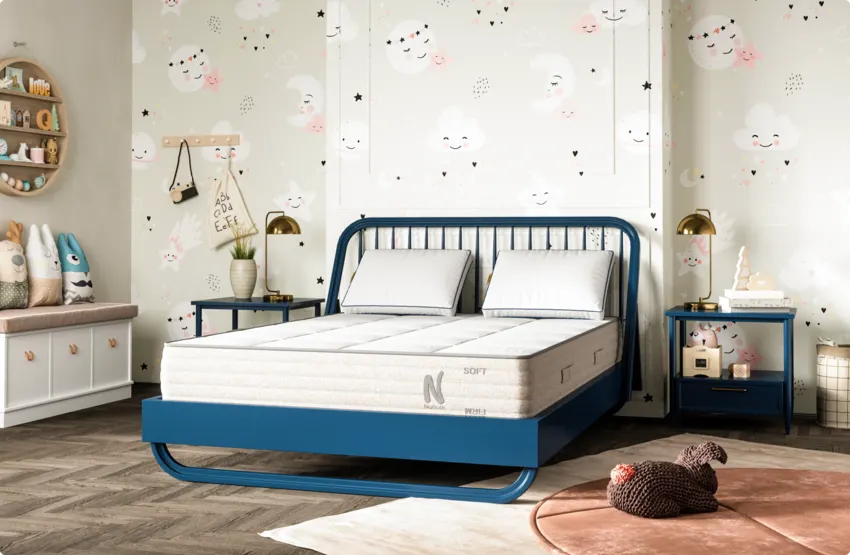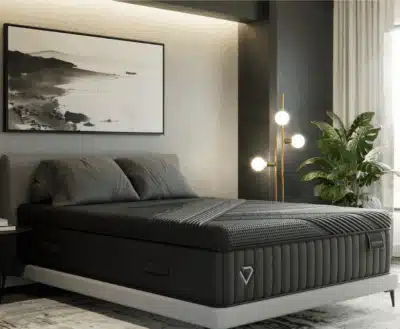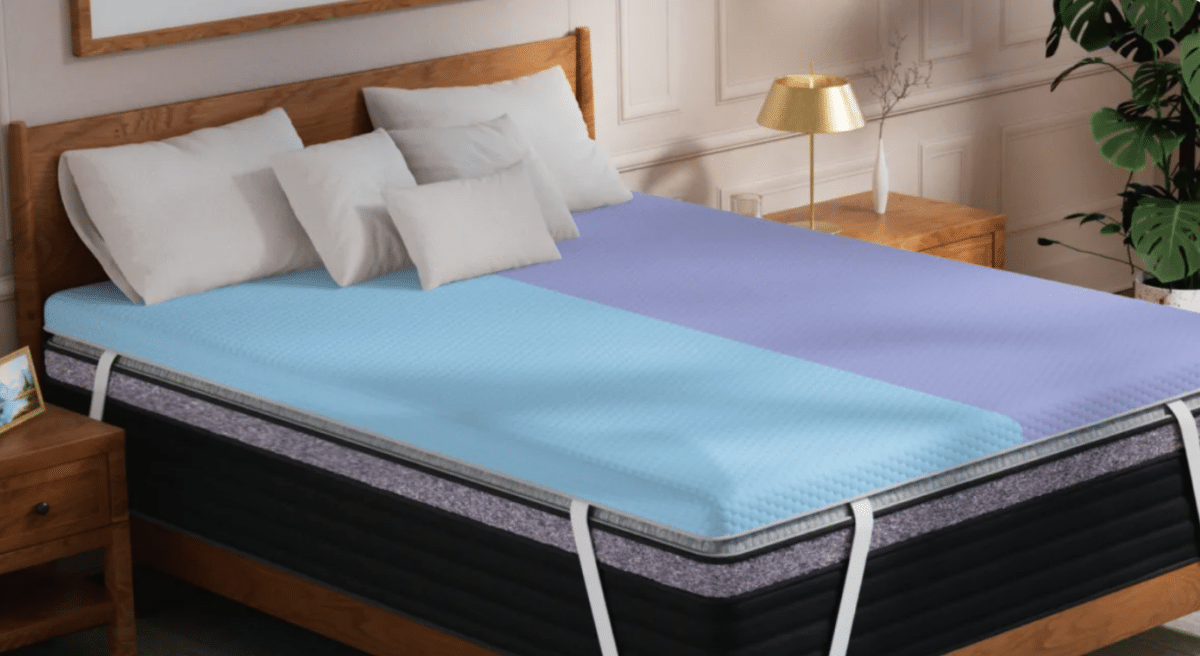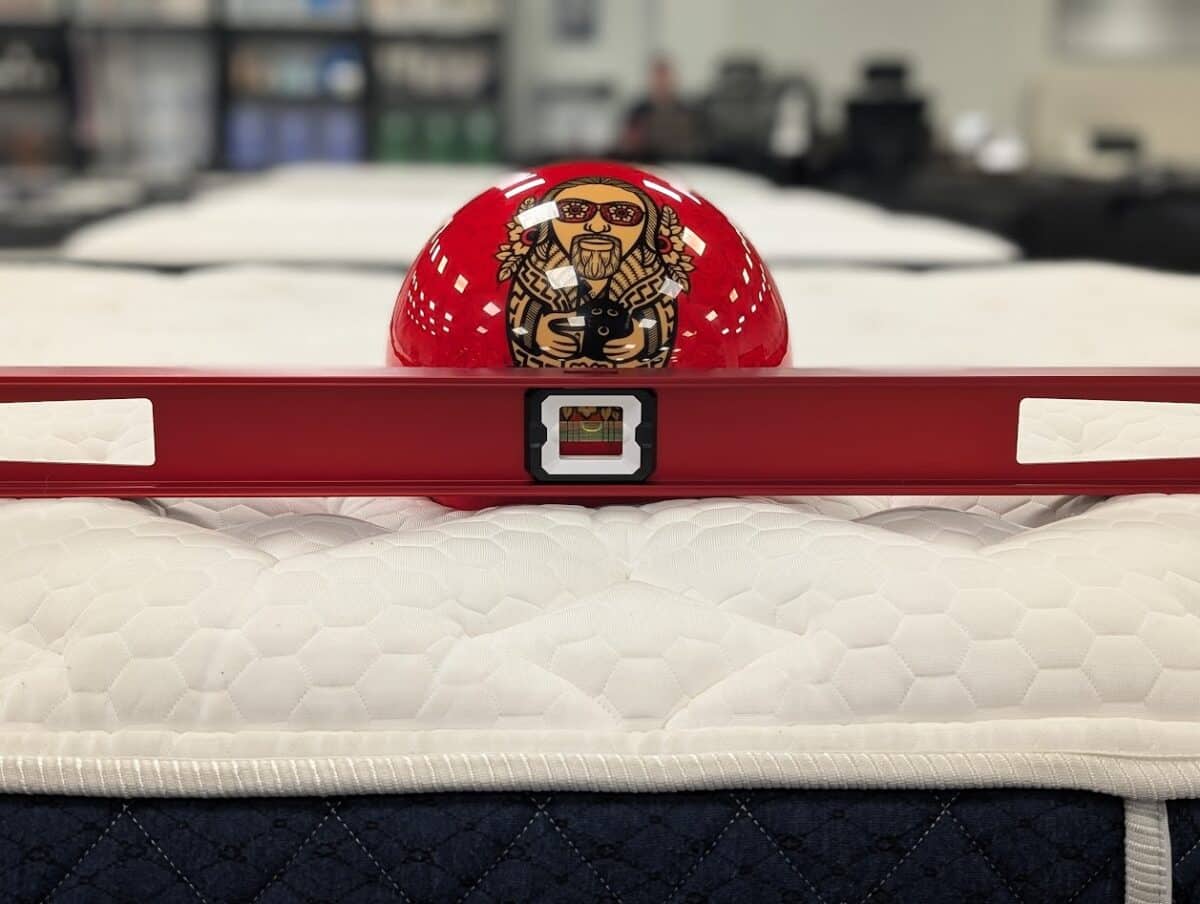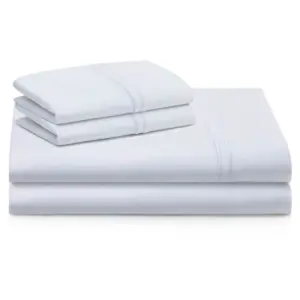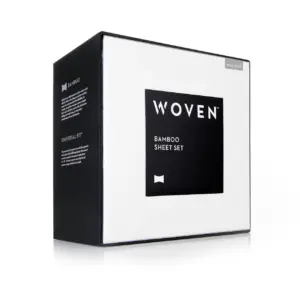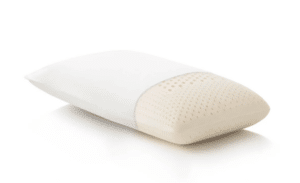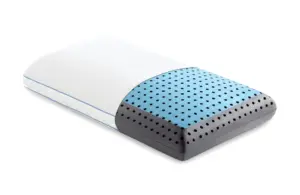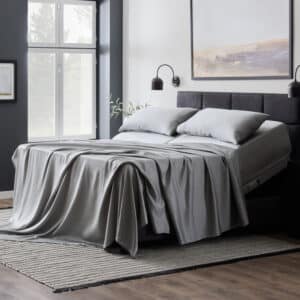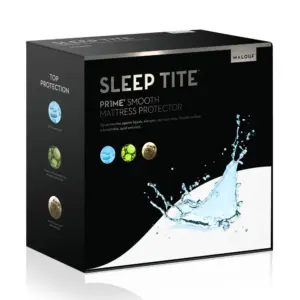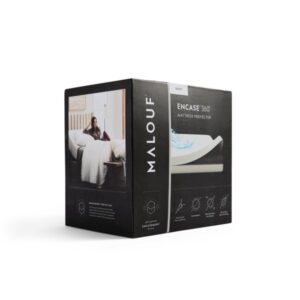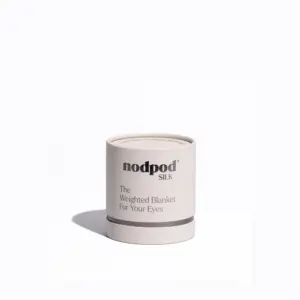Down Alternative: The Best Cozy Bedding for Effortless Comfort
Selecting the perfect bedding for a good night’s sleep is a critical decision, especially as we approach 2025. The choice between down and down alternative options is not just about warmth; it’s about finding that perfect balance of comfort and practicality. In this guide, we’ll explore both choices in detail to help you make an informed decision that suits your lifestyle and sleep preferences.
Understanding Down Bedding
Down bedding is synonymous with luxury. This type of bedding is filled with the fluffy feathers found beneath the outer feathers of ducks and geese. These soft clusters excel at trapping heat, providing a cloud-like softness that many sleep enthusiasts desire. Here’s a closer look at the two primary types of down:
– Goose Down: Known for its large clusters, goose down offers superior warmth and insulation, making it the gold standard in luxury bedding.
– Duck Down: While slightly less insulating than goose down, duck down still provides a plush and comforting feel, making it an excellent option for those seeking luxurious bedding.
Benefits of Down
Down bedding is prized for its remarkable breathability and insulation. It traps warmth while maintaining adequate airflow, allowing you to stay cozy without feeling stifled. This feature makes down bedding a versatile choice, suitable for year-round comfort.
Exploring Down Alternative Bedding
If you prefer not to use animal products, down alternative bedding is an excellent solution. These bedding items utilize synthetic fibers designed to replicate the warmth and soft feel of traditional down.
Materials Used in Down Alternative Bedding
– Synthetic Fibers: Commonly made from materials like polyester or microfiber, down alternatives mimic the loftiness and warmth of natural down.
– Covers: The outer layer is often made of cotton or polyester, enhancing comfort and durability.
Hypoallergenic Benefits
One distinct advantage of down alternative bedding is its hypoallergenic properties. Crafted from synthetic materials, it resists allergens such as dust mites, making it a beneficial choice for allergy sufferers and individuals with sensitivities.
Key Differences Between Down and Down Alternative
Navigating the choice between down and down alternative bedding can be daunting. Here are the primary distinctions to consider:
Cost Comparison
Down bedding typically represents a luxurious splurge due to its natural sourcing and high-quality materials. Products like goose down can carry a steep price tag, while down alternative options are generally more budget-friendly. This affordability makes quality sleep accessible to a wider audience.
Warmth and Breathability
Down is known for its high fill power, which provides excellent insulation while allowing airflow. This dual capability keeps you feeling warm in winter and cool in summer. In contrast, down alternative bedding might feel bulkier, as it usually requires a greater amount of fill to achieve similar warmth. Nonetheless, they are a solid option for those who prefer a cooler sleep experience.
Allergies and Sensitivities
Down bedding can exacerbate allergies because it may trap dust and other allergens. A tightly woven protector can alleviate this concern. Conversely, down alternative bedding excels in hypoallergenic properties, making it a favorable choice for those sensitive to allergens.
Durability and Maintenance
When cared for properly, down bedding can last for many years. However, it often requires professional cleaning to maintain its quality. Down alternative bedding is typically easier to maintain, generally being machine-washable. But take care to follow washing instructions, as excessive washing can lead to wear and tear.
Choosing the Right Bedding for Your Needs
Selecting the ideal bedding depends on your unique sleep style and comfort preferences. Here’s how to tailor your decision:
For Cold Sleepers
If you tend to feel chilly at night, down bedding is your best ally. Its high fill power provides exceptional warmth while maintaining breathability. Look for high-fill down alternatives if you prefer synthetic options but still desire warmth.
For Hot Sleepers
If you tend to run hot during sleeping hours, down alternative bedding is ideal for you. The breathable materials promote air circulation, preventing heat from becoming trapped. If down is your preference, choose products labeled “all-season” or “lightweight” to ensure a cozy yet comfortable night’s sleep.
For Allergy Sufferers
Allergy sufferers should favor down alternative bedding due to its hypoallergenic qualities. However, if you are drawn to the plush feel of down, using a tightly woven cover can help minimize allergen exposure while still allowing you to enjoy its luxury.
Frequently Asked Questions
Which is better: Down or Down Alternative?
The answer depends on your individual needs. If luxury and quality are your top priorities, down is an excellent choice. Conversely, if affordability and hypoallergenic features are your main concerns, down alternative bedding might be better for you.
Do Down Alternative Comforters Feel Like Down?
While constructed to mimic the luxurious feel of down, down alternative products may feel bulkier due to their materials. However, advancements in synthetic fibers have led to remarkably similar sensations, especially with high-quality products.
Is a Down Alternative Comforter Warm?
Absolutely! Well-designed down alternatives can provide comparable warmth to traditional down. To ensure optimal comfort throughout the year, select options labeled for all-season use.
Conclusion
As you navigate your bedding choices this year, we hope this guide helps you weigh the benefits of down versus down alternative bedding. Both options offer unique advantages tailored to your comfort needs. Investing in quality bedding is an essential step toward ensuring restful nights and rejuvenated mornings. Explore your options further to find the best bedding that aligns with your lifestyle. Sweet dreams await!



